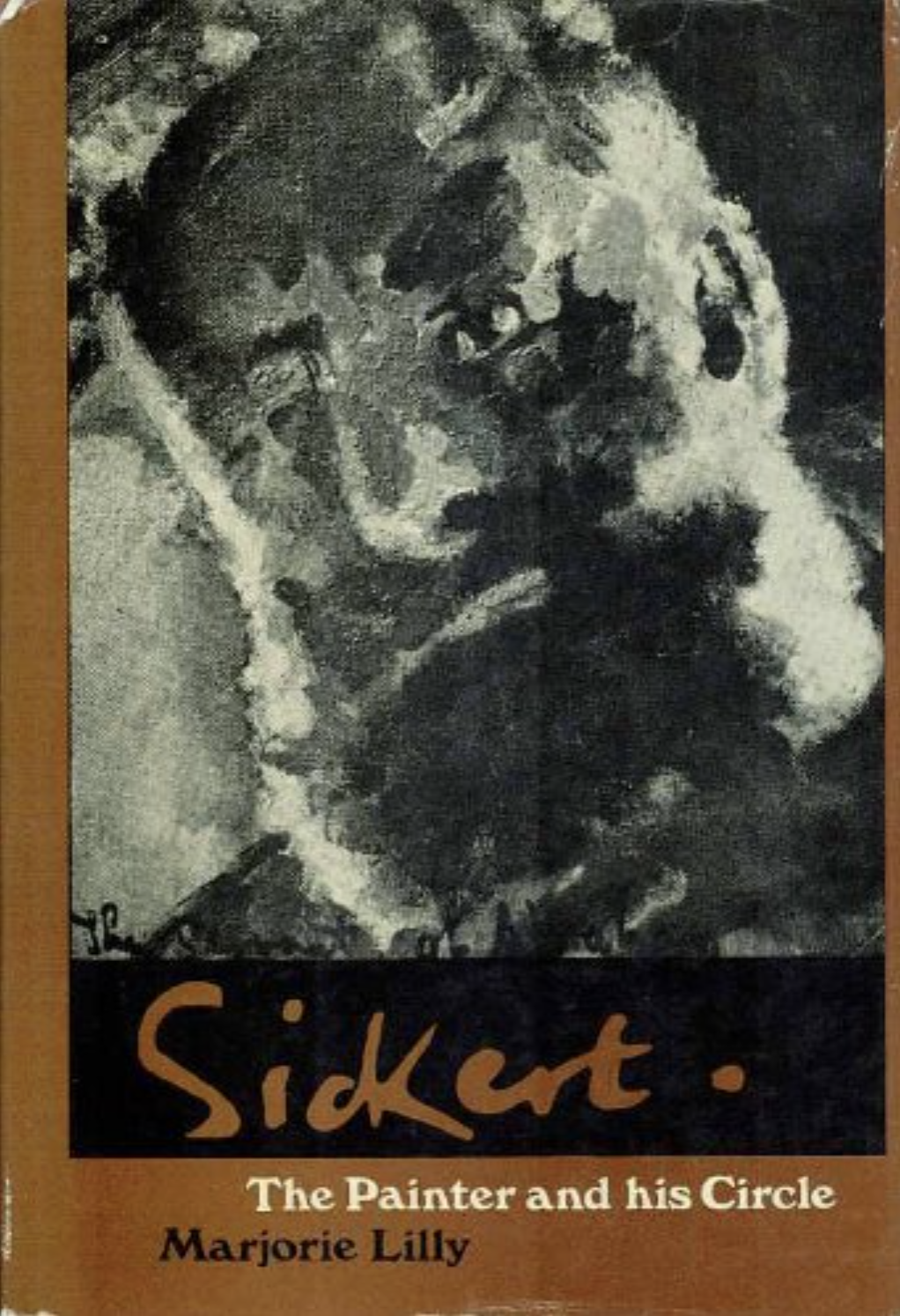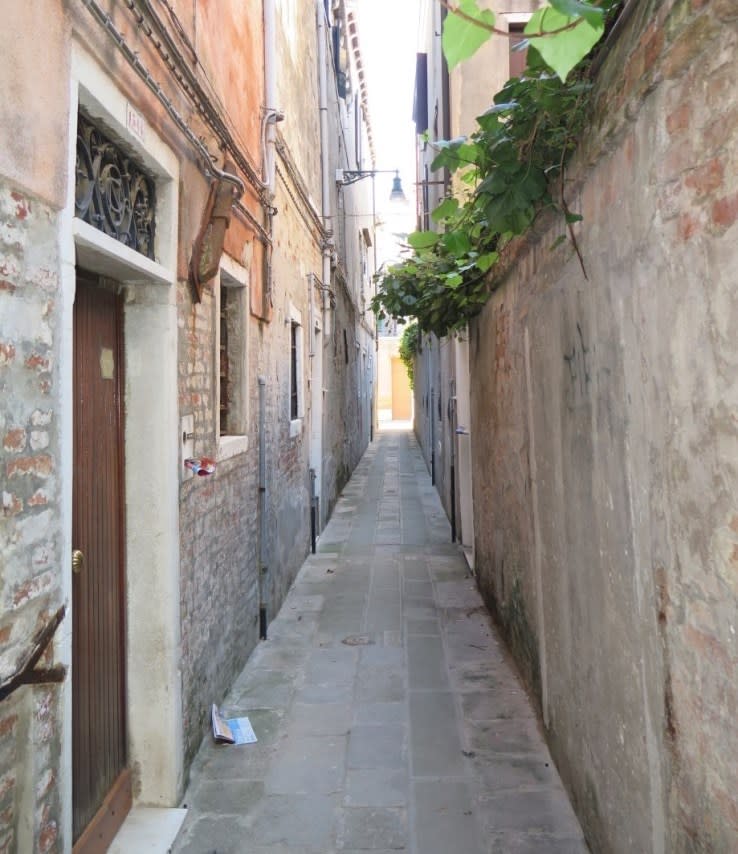This Venice that the Italians called 'Venezia'
From Dickens to the prostitutes of Venice, this week InSight delves deeper into the joys and inspirations of the painter Walter Sickert. Piano Nobile's exhibition SICKERT: The Theatre of Life continues until 17 December 2021.
Sickert (1860-1942) was an avid reader. As his friend Marjorie Lilly described, he had a great love of Dickens (especially Bleak House), while his other favourites included the poetry of Emile Brontë and Robert Burns, Boswell's biography of Dr Johnson, the novels of Samuel Richardson and E.M. Forster, and so on. (In turn, he was less than fond of Wordsworth and George Eliot.) In 1934, writing to Virginia Woolf, he stated that 'I have always been a literary painter'. In his Venetian figure paintings, Sickert drew deeply upon literary pathos and characterisation, evoking an atmospheric world of colourful and seductive people.

Sickert visited Venice in 1895 and '96, and returned for two further extended visits in 1900/01 and 1903/04. After his marriage to Ellen Cobden failed in 1896, Sickert occasionally tested his conjugal freedom, engagingputtanas not only as sitters but also for their primary profession. (A letter to the artist's friend Jacques-Émile Blanche records that sometime in 1903/04, Sickert contracted clap from the local prostitutes.) As Robert Emmons innocently explained,
There were no professional models in Venice, even had he preferred one. He applied to la padrona. Of course! That very evening she would introduce the painter to a nice girl, una beia puteia.
This girl was Giuseppina, one of two outstanding sitters of his Venetian stay in 1903/04, the other being Carolina dell'Acqua (or just 'La Carolina'), whores both. Though the decrepit woman in Mamma Mia Poverettawas no prostitute, she was Giuseppina's mother.

In many respects, his third visit to Venice was the most formative. While staying there in 1903/04, Sickert began to formulate the distinctive marriage of sordid figures and tired rooms which later characterised his famous Camden Town work. In several paintings from this period - Mamma Mia Poveretta, La Caroline Standing in an Interior and The Beribboned Washstand among them - the particular arrangement of furniture in Sickert's room at 940 Calle dei Frati is repeated verbatim. A chest of drawers is on the left, complete with candlesticks, blue china and a mirror above it, and a 'beribboned' washstand is on the right. The same habit of treating furniture like props, exactingly positioned and intensely scrutinised alongside his sitters, was further developed in London from 1905 onwards.

As David Sylvester wrote in 1967, much of Sickert's work is 'highly visual, with a camera's indifferent reflection of fortuitous effects of light and a marvellous eye for the totally unexpected shapes which crop up in nature if only one can be mindless enough to see them'. The literal translation of such 'unexpected shapes' - the fabric canopy of the washstand, the mirror image floating above the chest of drawers - means that the subjects depicted are not immediately intelligible. However, when paintings from the Venice period of 1903/04 are brought together, the layout of the room and its furniture becomes more immediately apparent.

Sickert left Venice for the last time in 1904, never to return. The city, its characters and architecture continued to burn brightly for him, nevertheless. Writing in 1915, he praised the etchings of Canaletto, referring fondly to 'their limpid water and their tranquil skies, […] the calm brilliance of the square white towers that tell on his fair plates like a marsh-mallow lozenge or a slice of cream cheese'. In the twilight of his career, he returned with renewed vigour to the example of Tintoretto and the colore of cinquecento Venice, attempting to re-create their art in some of his 'Echoes' of the 1930s. As Helen Lessore wrote, 'he was looking back to the sixteenth-century Venetian painters, and believed that he had arrived at a method close to theirs.' In this and various other ways, Venice was always to Sickert an inspiration and a touchstone.

Images:
1. Walter Sickert, Mamma Mia Poveretta, 1903-04, oil on canvas, 18 x 15 inches | For Sale
2. Marjorie Lilly, Sickert: The Painter and His Circle (1971, Elek)
3. Walter Sickert, La Carolina Standing in an Interior, 1903-04, Private Collection
4. Calle dei Frati, Venice
5. Walter Sickert, La Carolina Standing in an Interior, 1903-04, oil on canvas, 53.3 x 43.2 cm | For Sale
6. Antonio Canaletto, The Market on the Molo in Venice, 1735-46, British Museum


